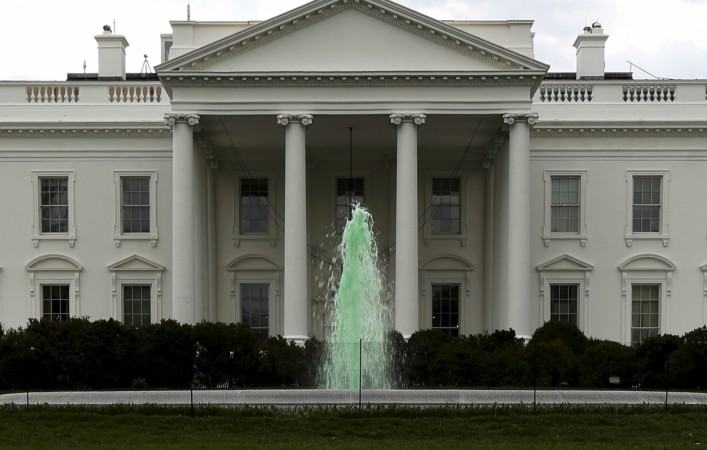The bill has been sent to House Foreign Affairs Committee for necessary action.

“We the People”, an online petition service started by US President Barack Obama on the White House website helps American citizens campaign on issues before the administration. [Representational Image]
A White House petition has been launched by Indian-Americans in the United States to designate Pakistan as a state sponsor of terrorism.
“This petition is important to the people of United States of America, India and many other countries which are continuously affected by Pakistan sponsored terrorism,” the petition, which started on Tuesday and requires around 100,000 signatures for a response from the Obama administration, stated.
“We the People”, an online petition service started by US President Barack Obama on the White House website helps American citizens campaign on issues before the administration.
This petition comes days after Congressman Ted Poe, Chairman of the House Subcommittee on Terrorism, and Congressman Dana Rohrabacher introduced HR 6069, the Pakistan State Sponsor of Terrorism Designation Act, in the House of Representatives.
The bill has been sent to House Foreign Affairs Committee for necessary action, according to local media reports.
Meanwhile, the US India Political Action Committee launched a nationwide effort to help the Indian American community to get the support of their local legislators for the HR 6069 Bill.
“It is time we stop paying Pakistan for its betrayal and designate it for what it is, a state sponsor of terrorism… Not only is Pakistan an untrustworthy ally, Islamabad has also aided and abetted enemies of the United States for years… From harboring Osama bin Laden to its cozy relationship with the Haqqani network, there is more than enough evidence to determine whose side Pakistan is on in the War on Terror. And it’s not America’s,” Poe said earlier this week in the House of Representatives.
Poe had added that Pakistan is not an enemy “who simply profess to hate us. These are groups and individuals with American blood on their hands.”
Obama would have to issue a report within 90 days if the bill is passed describing whether Pakistan encouraged international terrorism, Poe also said.
“Thirty days after that, the Secretary of State must issue a follow-up report containing either a determination that Pakistan is state sponsor of terrorism or a detailed justification as to why Pakistan does not meet the legal criteria for designation,” he further added.
Source- International Business Times


